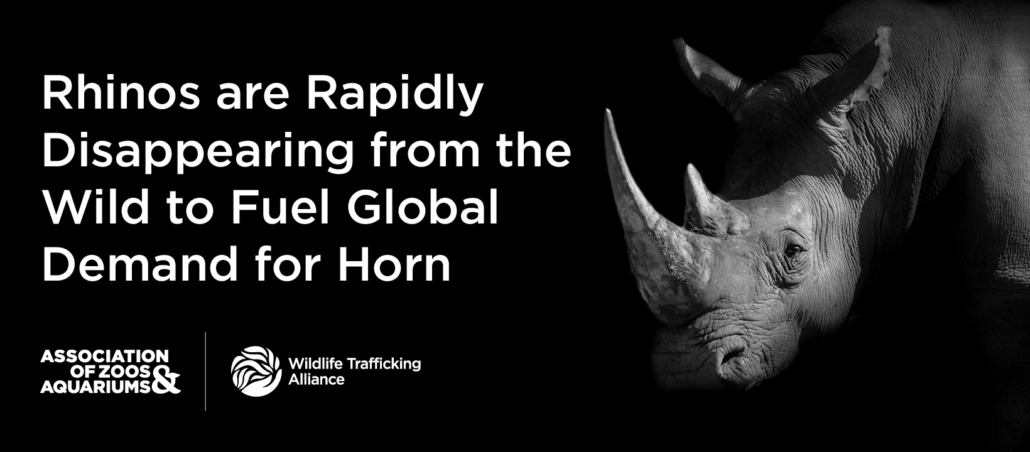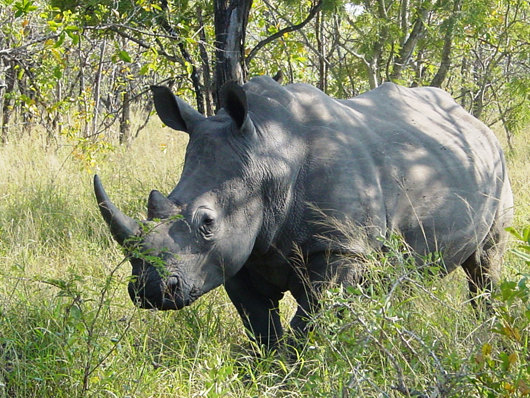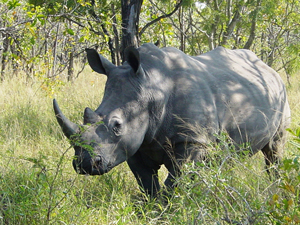
NEW YORK – Each year on September 22 — World Rhino Day — we join together with the Association of Zoos & Aquariums and our fellow members of the Wildlife Trafficking Alliance to raise awareness about how rhinos are rapidly disappearing from the wild. Their senseless killing is solely due to global demand for their horn, used primarily in traditional medicines.
The global rhino population has plummeted from over 500,000 at the beginning of the 20th century to approximately 27,000 today. While poaching has decreased in Africa in recent years, the population remains unstable with one rhino killed every day in South Africa. Critically endangered African black rhinos have suffered the most of all rhino species from wildlife trafficking. Ninety-six percent of their population was wiped out between 1970 and 1993—leaving only 2,300 surviving in the wild. Conservation efforts have led to a slow recovery. Over 5,000 can now be found in the wild, but poaching remains a very real threat to its survival.

In Asia, rhinos are also under threat from poaching with less than 4,000 remaining in the wild. There are less than 100 Sumatran rhinos left in the wild; and there are only 67 Javan rhinos remaining. Javan rhinos have been extinct in Vietnam since 2010, and are now found only in one protected area on the island of Java, Indonesia. The greater one-horned rhino are slowly recovering due to conservation efforts, but are still at risk.
All five species of rhino receive some level of protection from the Convention on International Trade in Endangered Species (CITES); and they range from “near threatened” to “critically endangered” according to the IUCN Red List.
Click to visit the Wildlife Trafficking Alliance page on how to be informed and avoid buying any products that may have come from rhinos or other endangered species.
# # #


